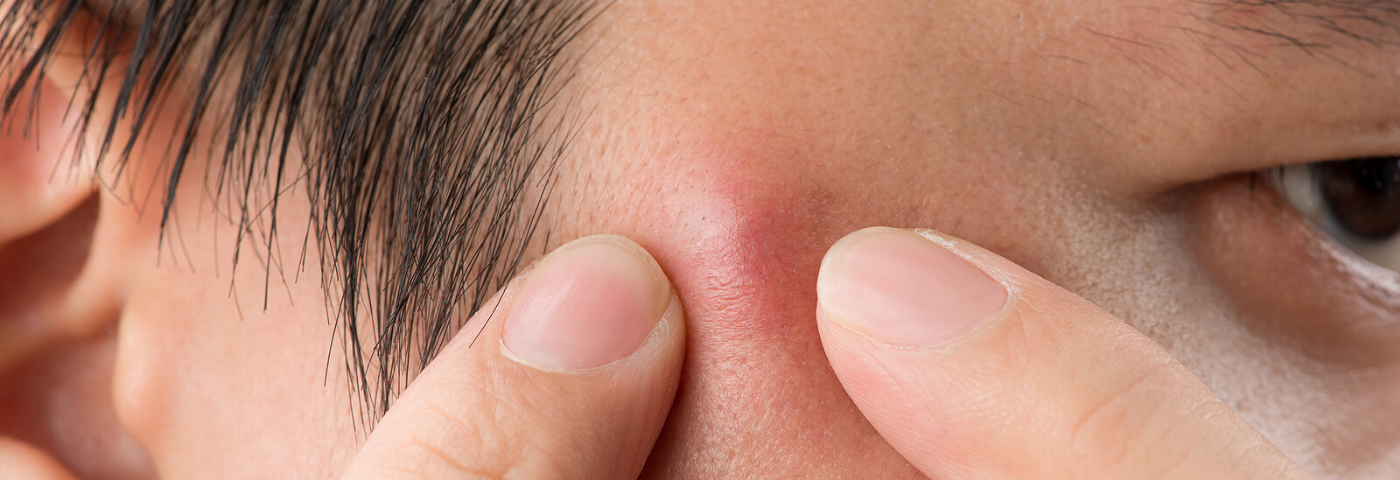Abstracted Section 6.5.1 Harry’s Cosmeticology, 9th Ed.
1. The Acne-Prone and Clog-Prone Skin: A Client Profile
Mark Lees, Ph.D., M.S., CIDESCO Diplomate
The American Academy of Dermatology estimates that 40 to 50 million Americans are affected by acne and that 85% of the population has problems with acne at some time in their lives. While acne is often thought to primarily affect teenagers, it also affects many people in their adult years as well.
Estheticians frequently treat these consumers who have routine issues with acne breakouts, clogged pores, and frequent blemishes. The age of these acne-prone clients begins in the early teens and can easily reach into the 50s and some times even into the 60s. While acne as a condition is largely genetic and hormonal in nature, it is also influenced by the environment, including use of skincare and cosmetic products. Some skincare and cosmetic ingredients and products can increase the development of clogged pores as well as flares of acne blemishes.
Acne-prone and clog-prone skin can also be affected by ageing skin conditions. The onset of wrinkles, discolorations, and elastosis associated with ageing or photo-ageing (ageing symptoms associated with cumulative sun exposure) are a real concern for these consumers.
Many skin care products intended to help diminish the appearance of ageing are also designed for helping dry skin that needs additional emollient to protect against dehydration and trans-epidermal water loss. Such materials also reduce the appearance of wrinkles and the rougher skin texture associated with dehydrated skin. These moisturizing products can be very helpful for dry and ageing skin. However, because of their high emollient content, they can potentially cause problems for those clients with oily and acne-prone ageing skin.
Product systems for acne-prone ageing skin should contain performance ingredients that address the appearance of ageing but should be carefully formulated avoiding ingredients known to cause clogged follicles (pores), as well as flares of acne blemishes. Professional skincare practitioners tend to attract these acne-prone ageing clients because they seek professional help in treating their skin, which is both acne-prone and ageing. Clinical estheticians are often charged with designing specific home care and in-clinic programs to help these clients clear their acne problems while still addressing the appearance of ageing skin.
Acne is a disorder of the skin in which the sebaceous follicle becomes obstructed by a build-up of keratinized cells mixed with excessive sebum. There are several different types of acne lesions. These include non-inflammatory open comedones (blackheads) and closed comedones (whiteheads), as well as inflammatory papules and pustules. In some individuals, infected follicles can eventually develop into nodules or cysts, which can result in damage to tissue causing scarring.
The tendency to develop acne and clogged pores is largely genetic. In fact, it has been estimated that causation factors in acne is 80% genetically based. Careful management of conditions caused by these genetic factors can result in clearer skin for these acne-prone individuals.
People with acne-prone skin have two specific genetic traits. The first trait is the tendency for keratinized cells with sebaceous follicles not to shed as normal keratinocytes do; rather, they “build up” on the walls inside the follicle. This condition is known as retention hyperkeratosis.
The second genetic trait that exists in acne-prone individuals is the overproduction of sebum by the sebaceous glands. The sebum “coats over” the keratinized cell buildup on the follicle walls and adds further to the thickening of the follicle wall. Sebum also can fill the follicle and harden, thereby forming a sebaceous plug. The amount of sebum produced, the size of the sebaceous glands, and the numbers of sebaceous glands are all genetically sourced factors. It has been shown that an increased amount of sebum in the skin is directly correlated with the severity of an individual’s acne condition. Therefore, it is apparent that controlling excessive sebum plays a major role in managing acne-prone skin.
Propionibacterium acnes (p. acnes) are anaerobic bacteria that exist within the flora of the sebaceous follicle. When the follicles become blocked with these plugs of hyper-keratinized cells and solidified sebum, an anaerobic environment is the result. This environment is an ideal setting for the undesirable proliferation of the p. acnes bacteria.
The sebum within the sebaceous follicles serves as the source of nourishment for p. acnes bacteria. The p. acnes bacteria produce an enzyme called lipase, which breaks triglycerides in the sebum into glycerol and fatty acids. The bacteria ingest the glycerol, and the fatty acids become a source of inflammation inside the follicle. This inflammation causes swelling in the already-occluded follicle, and can eventually cause a rupture of the follicle wall.

